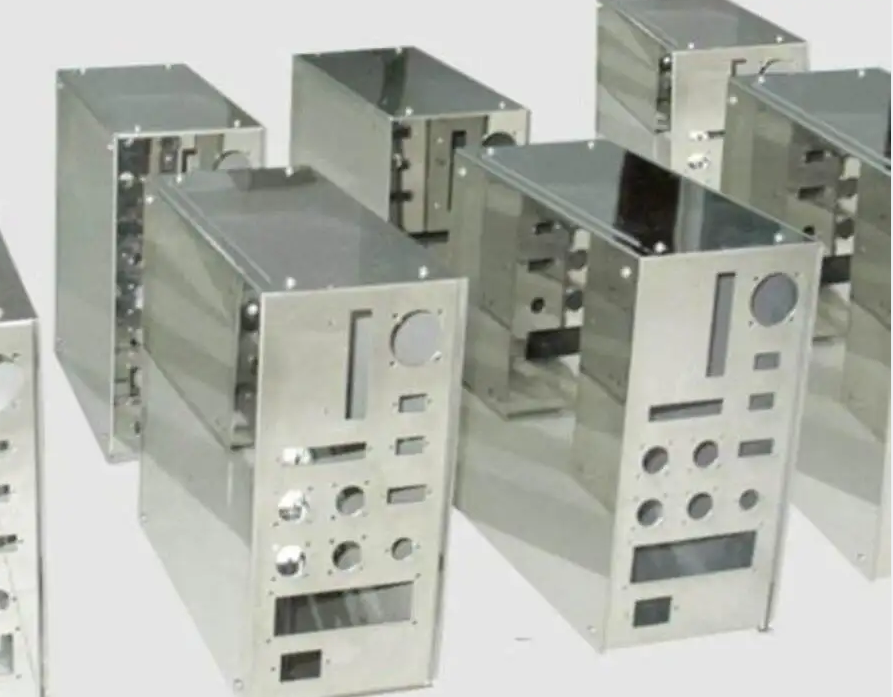Features of sheet metal parts:
The most notable feature of sheet metal parts is that the thickness of the same sheet metal part must be the same.
The connection between the sheet metal wall and the sheet metal wall is connected by bending.
The material utilization rate of sheet metal parts is very high, because it is processed by bending, forming, and punching, unlike mechanical processing, which is achieved by removing a large amount of material, so the material removed by sheet metal processing is relatively small.
Due to the thin wall of sheet metal parts, its weight is relatively light, so it is more convenient to design, operate and use, so the application of sheet metal parts involves many industries.
What is the sheet metal grooving process
Sheet metal processing is widely used in various places. In the metal decoration of some high-end places, the more complex the bent shape of the metal sheet jewelry, the more it can reflect the designer’s design level and trendy style, thus attracting the attention of customers. At the same time, the workpiece must meet the process requirements such as bending edges, arc radius as small as possible, and no marks on the surface of the workpiece and decorative surface. It is difficult for the traditional bending process to meet this special process requirement. Therefore, the process of grooving and bending on the metal sheet emerges as the times require.
The grooving and bending process is a process in which a grooving machine is used to scribe and plan a V-shaped groove at the position where the metal sheet needs to be bent, and then the bending process is carried out according to the needs. The characteristics of the grooving and bending process are as follows:
The arc radius of the edge of the workpiece is small, and the workpiece has no creases, because the arc radius of the edge of the workpiece after bending is proportional to the thickness of the plate. The thicker the plate, the larger the arc radius formed by bending. Therefore, after the V-shaped grooving is performed on the metal sheet, the remaining thickness of the sheet becomes half of the original, or even smaller, so that the radius of the edge arc can be greatly reduced after the workpiece is bent.
Since the remaining plate thickness at the bend after planing is relatively thin, the deformation force during bending will also be reduced accordingly and will not spread and affect the unbent area, so there is no crease on the surface of the workpiece after bending, and because the plate at the bend Thicker and thinner, avoiding the risk of indentation on the decorative surface.
The equipment tonnage required for sheet bending is reduced. In the bending process, the bending force required for the metal sheet is proportional to its thickness. The greater the thickness of the metal sheet, the greater the required bending force, and the required equipment tonnage is also increased accordingly. After the V-shaped groove is performed on the bending part of the metal plate before bending, the remaining thickness of the plate at this place is greatly reduced, which reduces the bending force required when the plate is bent, so that the thick plate can be used in a smaller Bending on a tonnage press brake. This not only reduces the investment in equipment, but also saves energy consumption and space, as well as the bending of complex-shaped workpieces to control the rebound force.
Related tags:
cnc machining parts brass
cnc machining plastic parts
cnc machining prototype
cnc copper parts machining
cnc machining parts turning
precis cnc machining part
cnc lathe machining precision
cnc machining centre master
cnc lathe machining center

